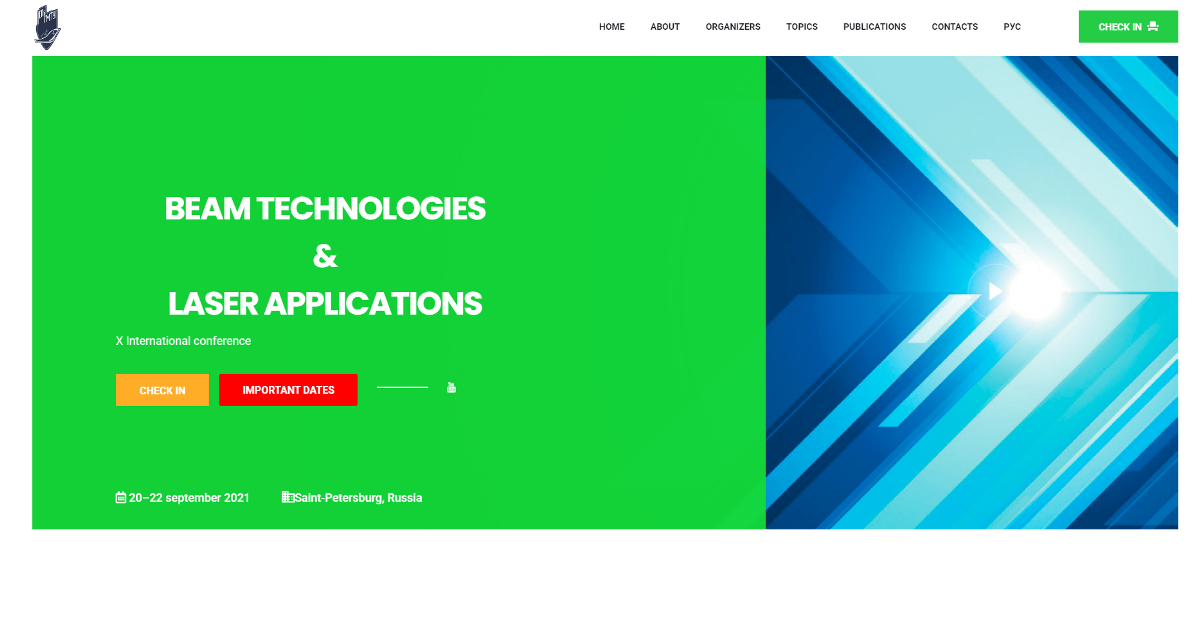Materials Technologies: Additive Manufacturing and Functional Coatings
A special issue of Materials (ISSN 1996-1944). This special issue belongs to the section "Manufacturing Processes and Systems".
Deadline for manuscript submissions: closed (10 August 2022) | Viewed by 7662

Special Issue Editors
Interests: multiphase and multiscale fluid dynamics; mathematical modeling; materials engineering; additive manufacturing; functional coatings; composite materials; materials structure and mechanical properties; atomistic modeling
Interests: molecular dynamics; density functional theory; phase transition; microstructure modeling; material science; additive manufacturing
Special Issue Information
Dear Colleagues,
Additive manufacturing and functional coatings are actively developing technologies driving fundamental and applied science and the engineering associated with them. The increasing power of laser sources, novel materials, and new automation and control systems are pushing the limits of the precision and possible geometries of products. In order to better understand the physics behind these technologies, one needs to consider the interaction of matter with high-intensity energy flows, the hydrodynamics of the melt in welding baths, the phased transition from liquid to solid state, the formation of microstructure and properties at extreme speeds of heating and cooling, and much more. Understanding these fundamental issues uncovers new ways of technology optimization, which is a major demand of industry.
This Special Issue will present a selection of the 10 best papers presented by young researchers at the International Conference on Beam Technologies and Laser Applications held on 20–22 September 2021 in Saint-Petersburg, Russia (https://btla.smtu.ru/en/). It will comprise articles which report new and progressive research results in the field of additive manufacturing and functional coatings, both from experimental and theoretical points of view. Manuscripts will be welcomed from both researchers of academia/universities and engineers/representatives of industrial companies.
Prof. Dr. Iskander Akhatov
Dr. Petr Zhilyaev
Guest Editors
Manuscript Submission Information
Manuscripts should be submitted online at www.mdpi.com by registering and logging in to this website. Once you are registered, click here to go to the submission form. Manuscripts can be submitted until the deadline. All submissions that pass pre-check are peer-reviewed. Accepted papers will be published continuously in the journal (as soon as accepted) and will be listed together on the special issue website. Research articles, review articles as well as short communications are invited. For planned papers, a title and short abstract (about 100 words) can be sent to the Editorial Office for announcement on this website.
Submitted manuscripts should not have been published previously, nor be under consideration for publication elsewhere (except conference proceedings papers). All manuscripts are thoroughly refereed through a single-blind peer-review process. A guide for authors and other relevant information for submission of manuscripts is available on the Instructions for Authors page. Materials is an international peer-reviewed open access semimonthly journal published by MDPI.
Please visit the Instructions for Authors page before submitting a manuscript. The Article Processing Charge (APC) for publication in this open access journal is 2600 CHF (Swiss Francs). Submitted papers should be well formatted and use good English. Authors may use MDPI's English editing service prior to publication or during author revisions.
Keywords
- additive manufacturing
- functional coatings
- interaction of laser radiation with matter
- modeling of additive manufacturing processes
- modeling of functional coatings
- structure and mechanical properties of laser treated materials
- optimization of additive manufacturing and functional coating processes







